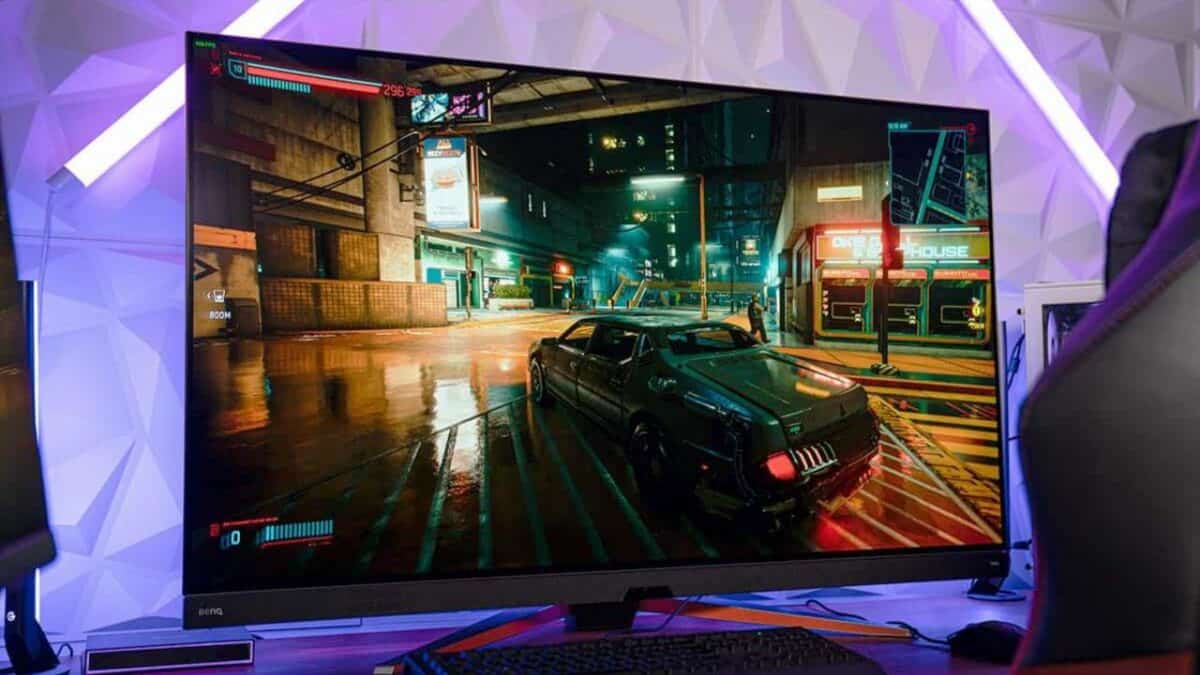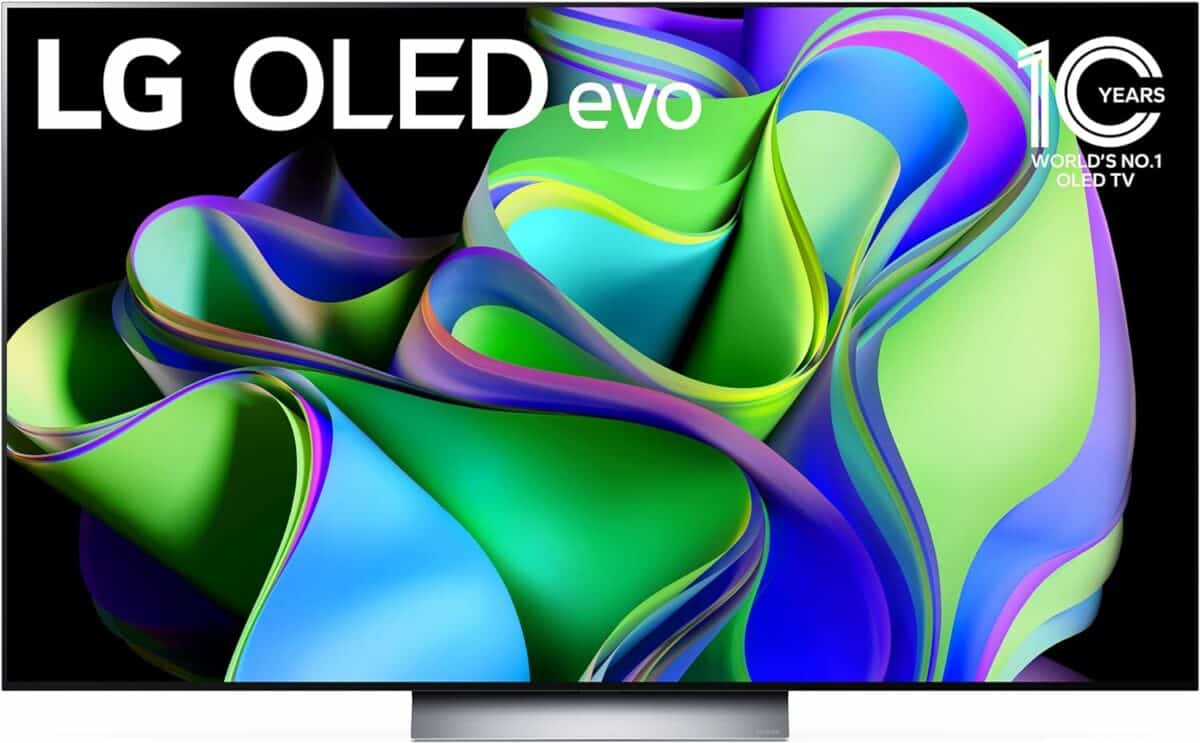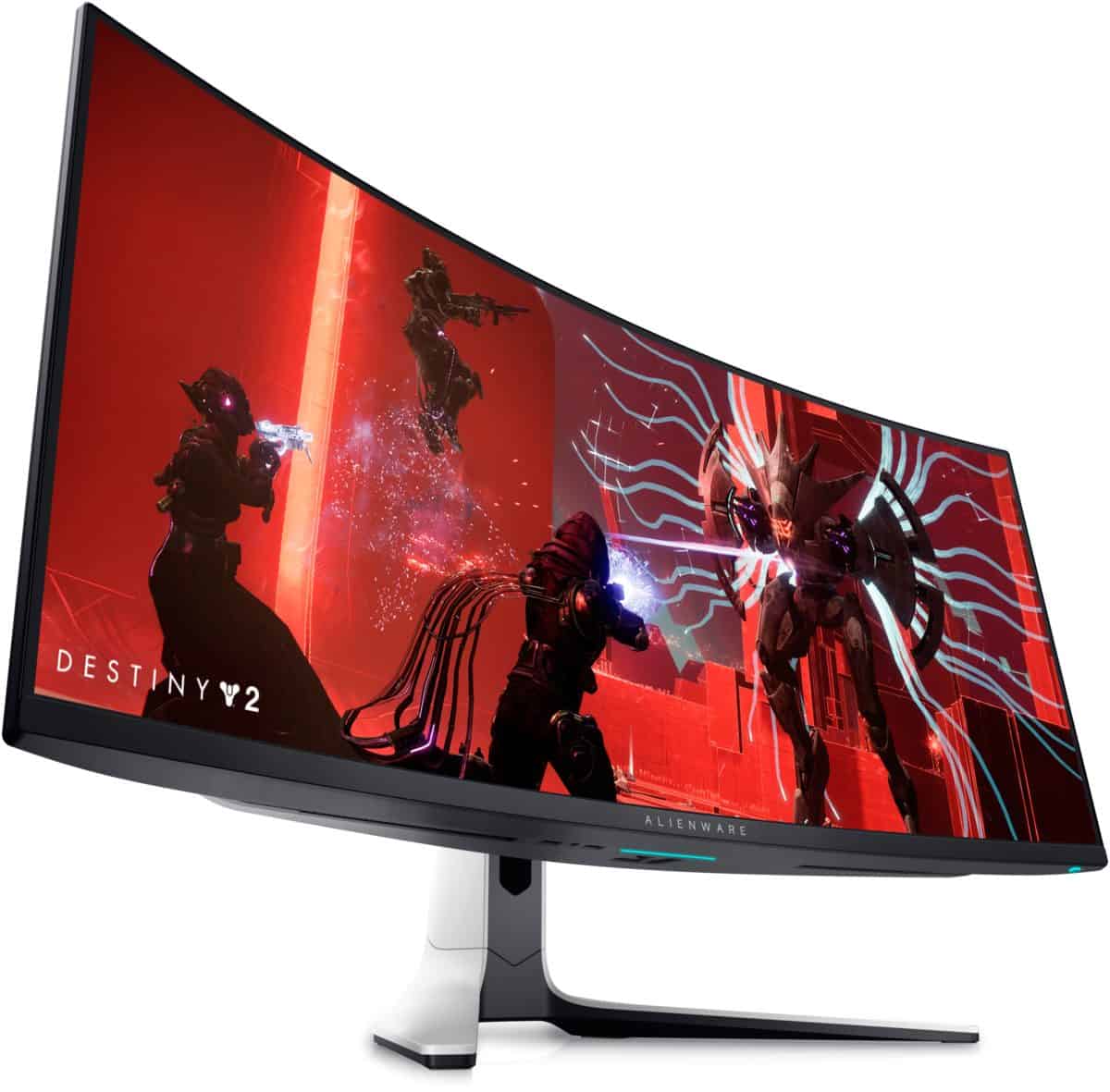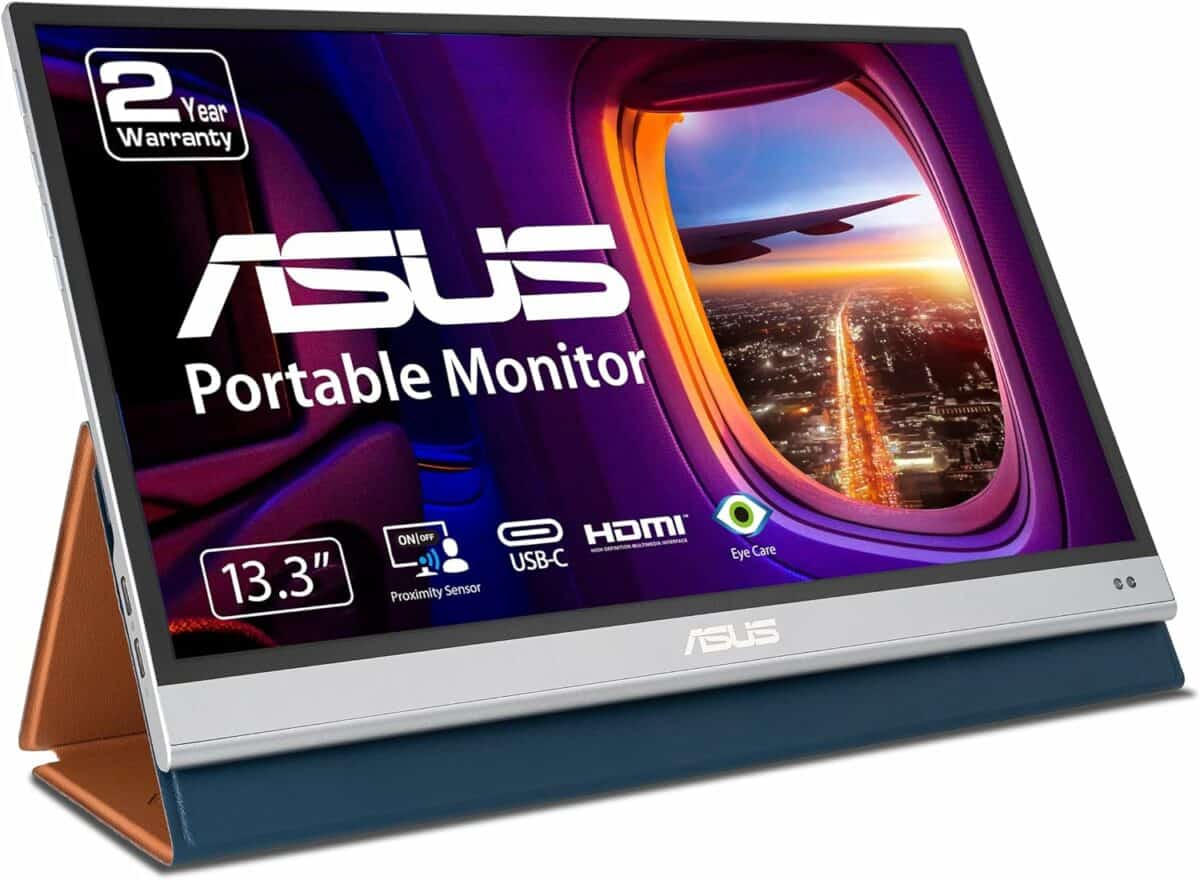We’re one step closer to solving the problem of burn-in on OLED displays
No need to worry about burn-in anymore? Well, maybe in future

WePC is reader-supported. When you buy through links on our site, we may earn an affiliate commission. Prices subject to change. Learn more
The fear of panel burn-in has always been a downside of OLED TVs and monitors, even though the risk has been mitigated over the years. A new development thanks to research from the University of Cambridge looks to provide a solution to the problem, once and for all.
Whether you’re looking for the best OLED TV or best OLED gaming monitor, this display technology has always had its setbacks. Overall, we still think that it’s the way to go, particularly for gaming and general content consumption. However, for day to day productivity with plenty of static imagery, the risk of burn-in is still relevant.
OLED research offers a solution to burn-in
In a post from the University of Cambridge, they detail the ‘blue OLED problem’, which shows that subpixels that emit blue light are the most problematic as they are more volatile and prone to burn-in, as opposed to red and green from the RGB color space. This discolors the screen, leaving behind a static ‘burned-in’ image. They say that the solution to this is a new light emitter molecule.
You can check out this Nature article for an in-depth scientific look, but we can try our best to put it simply. This new molecule simplifies the emissive layer of the blue pixel to just two components, cutting costs and improving efficiency. This effectively adds shields to the emitter to keep the blue light in check.
Manufacturers are always looking for a way to improve their OLED displays. Boosted brightness levels have been a big thing lately, either through Samsung’s Quantum-Dot, or LG’s MLA panel technology for their premium G-Series TVs. This new development should spark a real interest in how OLED panels are produced in order to last much longer by solving burn-in.
Will this make OLED TVs and monitors more expensive?
No, in fact, it should have the opposite effect. The new development makes for a more efficient and cost-saving solution to OLED panel production, at the molecular level. We’re sure that most people aren’t too invested in the science behind it, but if it makes for cheaper and longer-lasting OLED screens, then we’re all for it.
It is hard to tell when this kind of research will be put into practice beyond the science lab, but it is a promising sign for the future. It should make the debate of OLED vs QLED a much more one-sided affair, that’s for sure.








